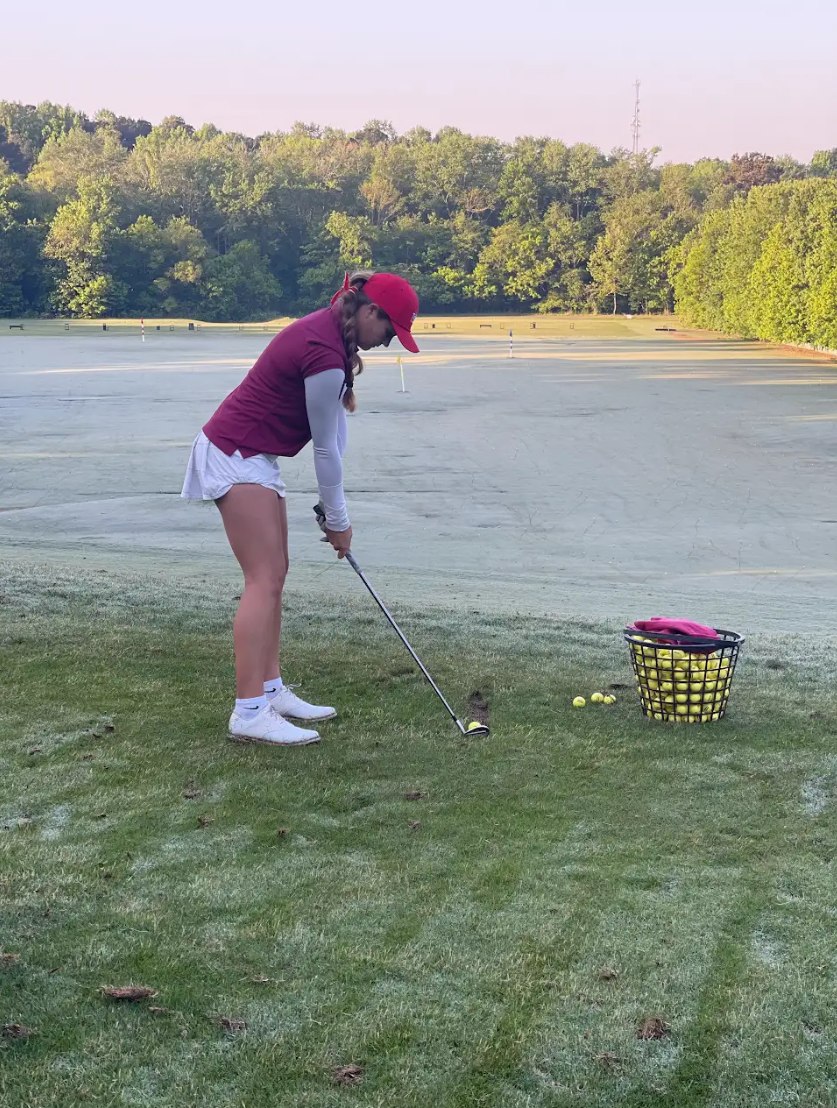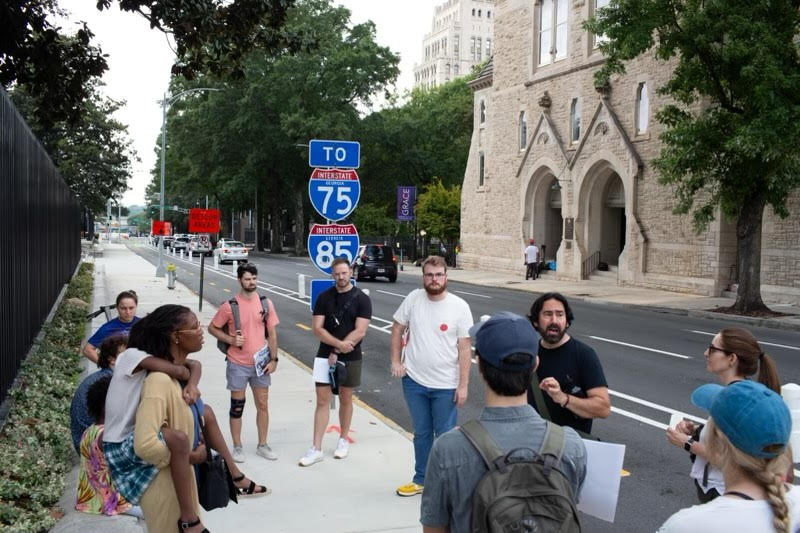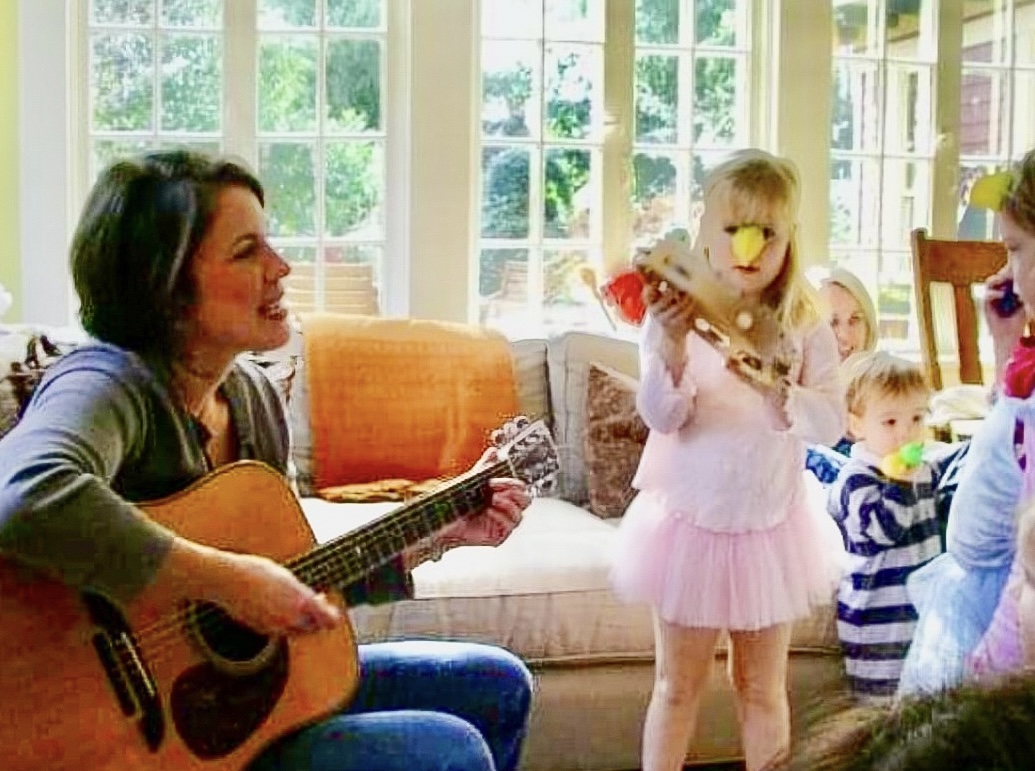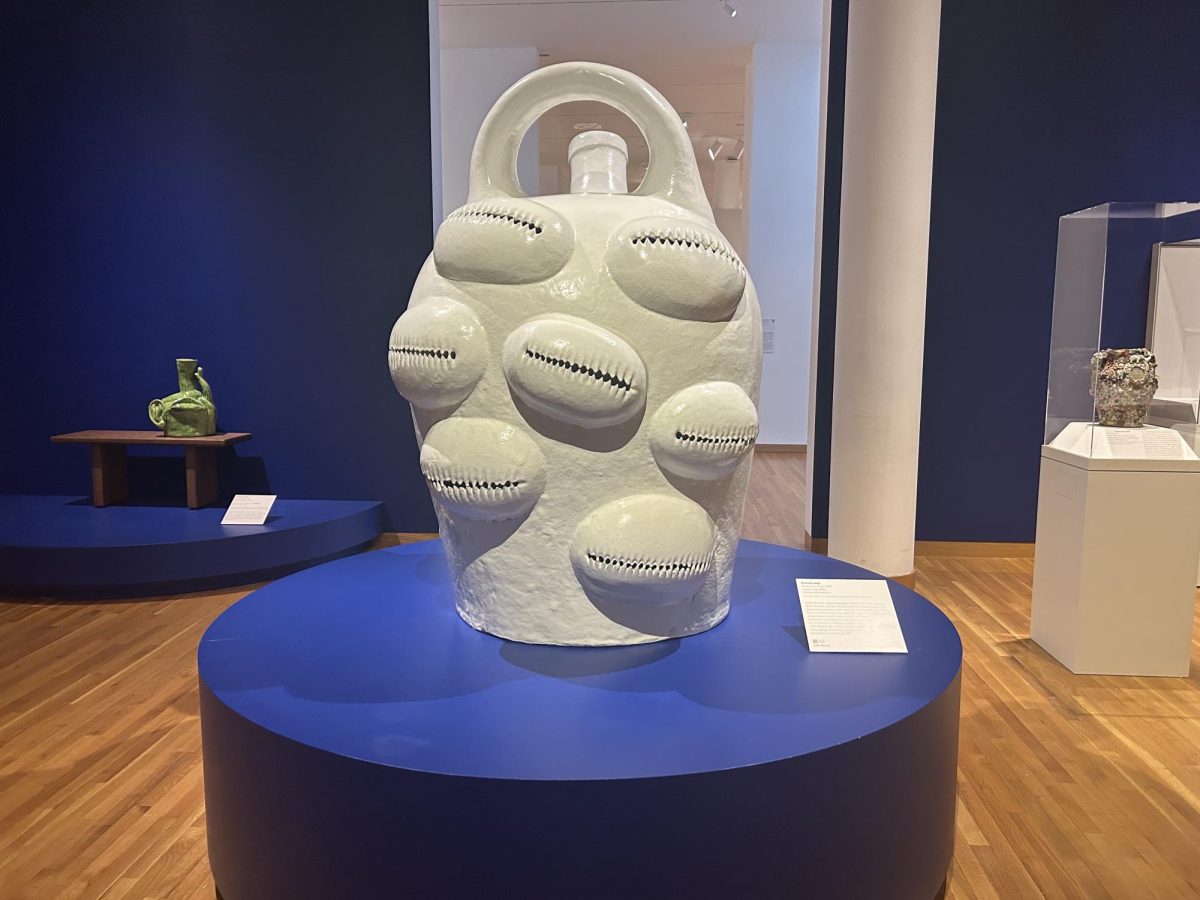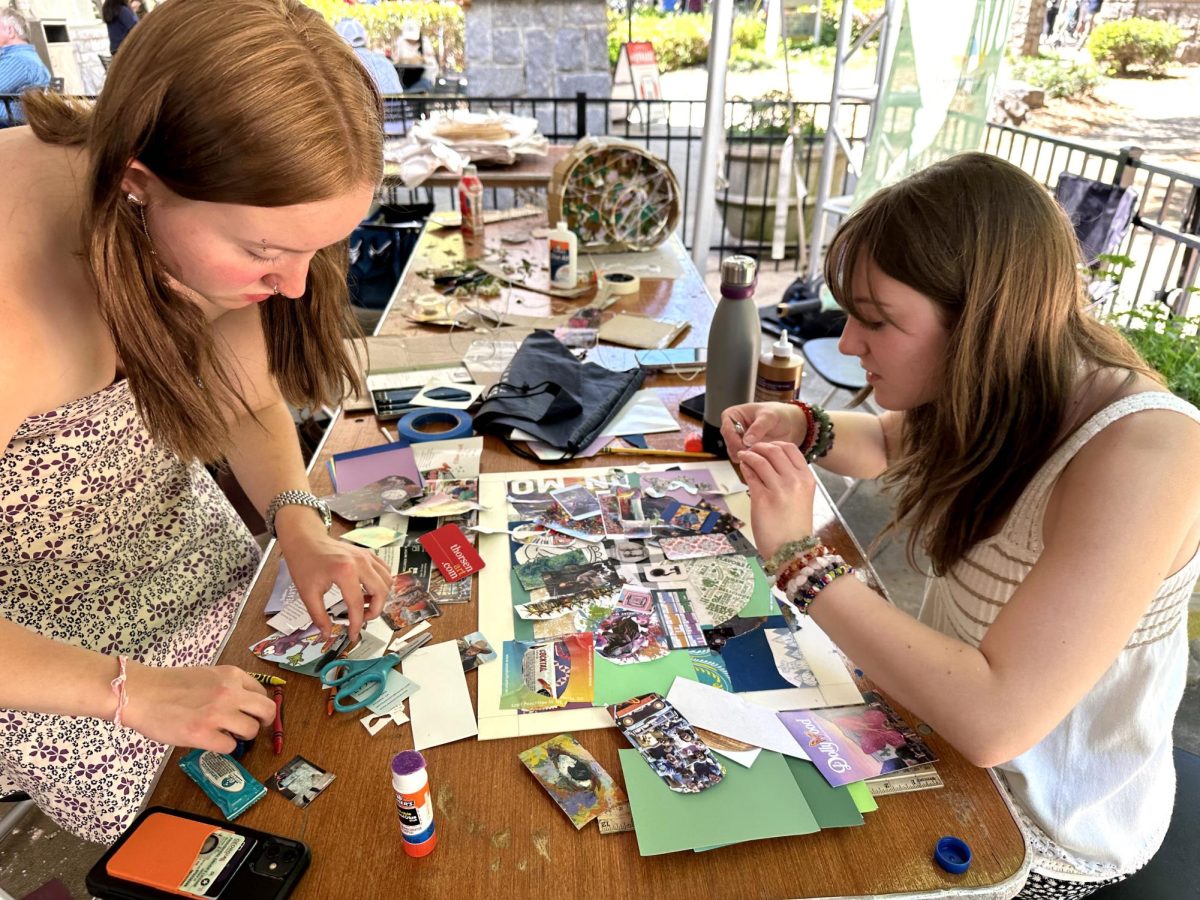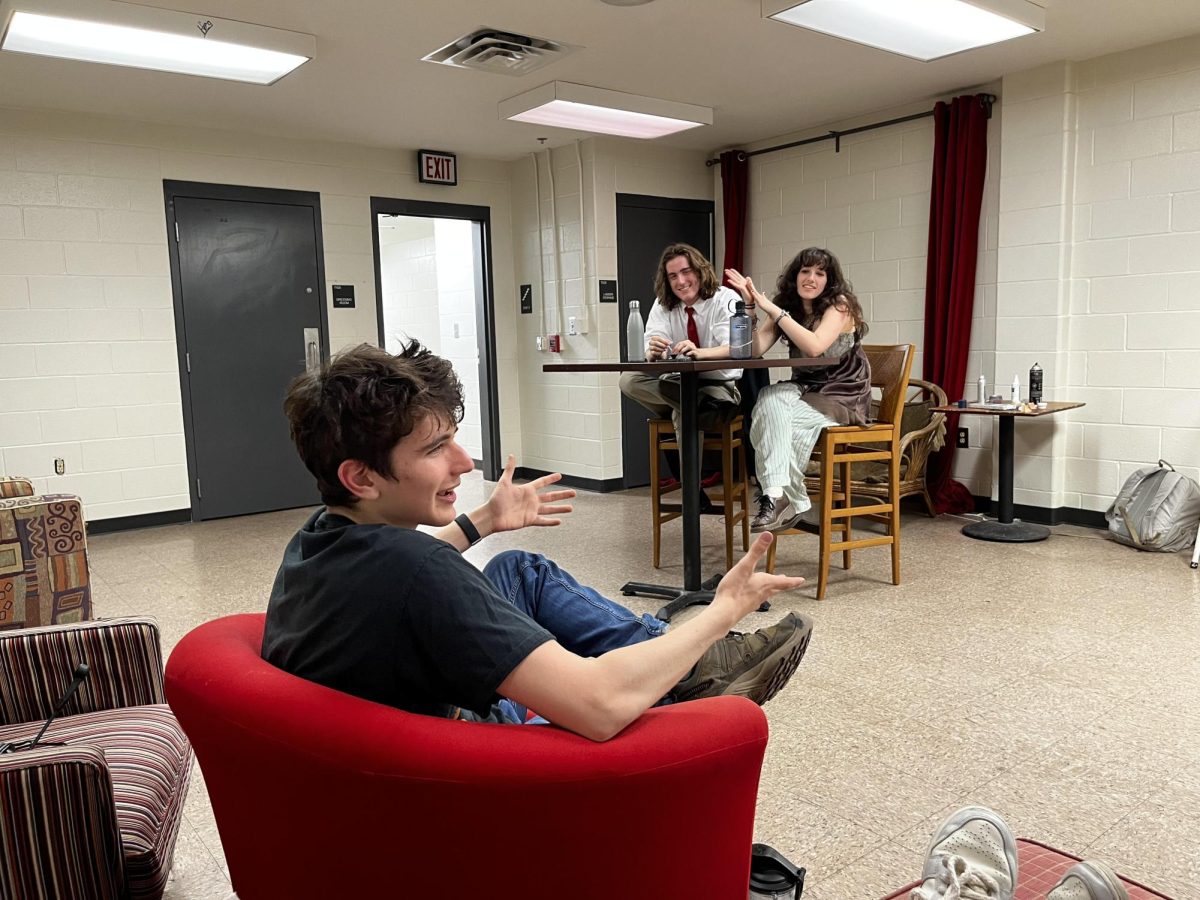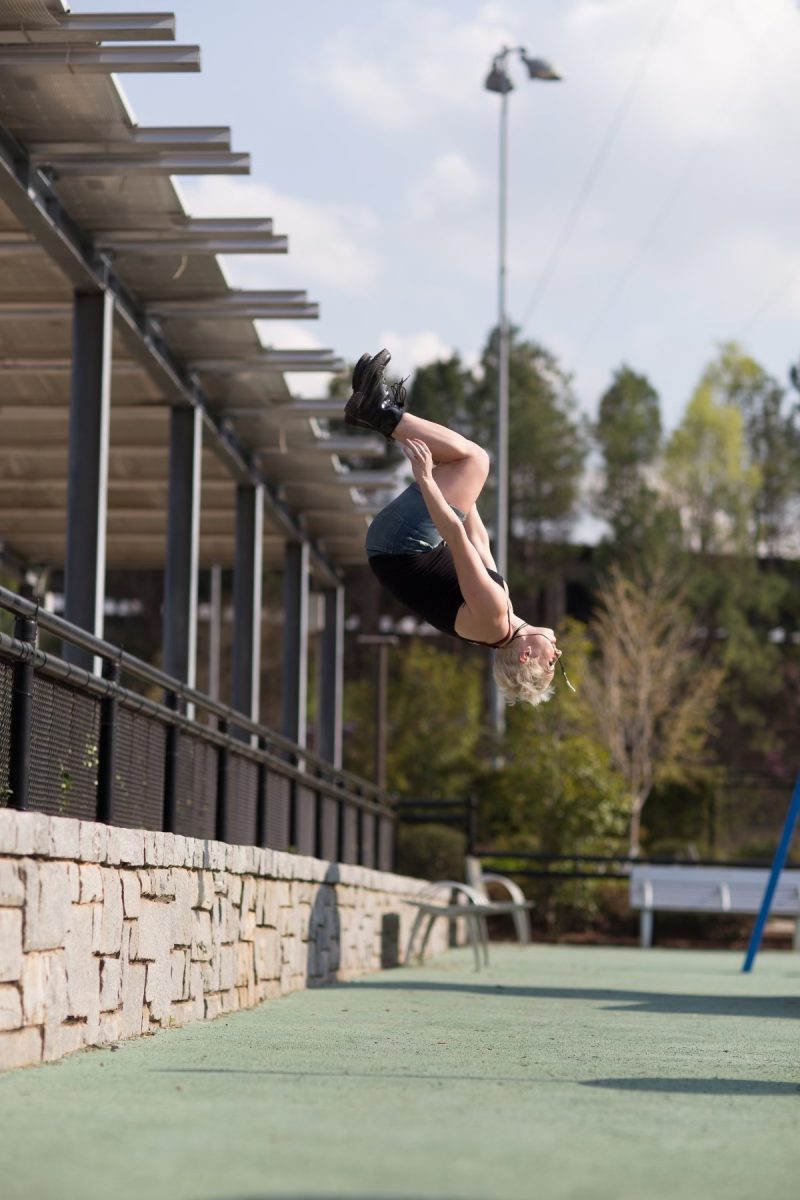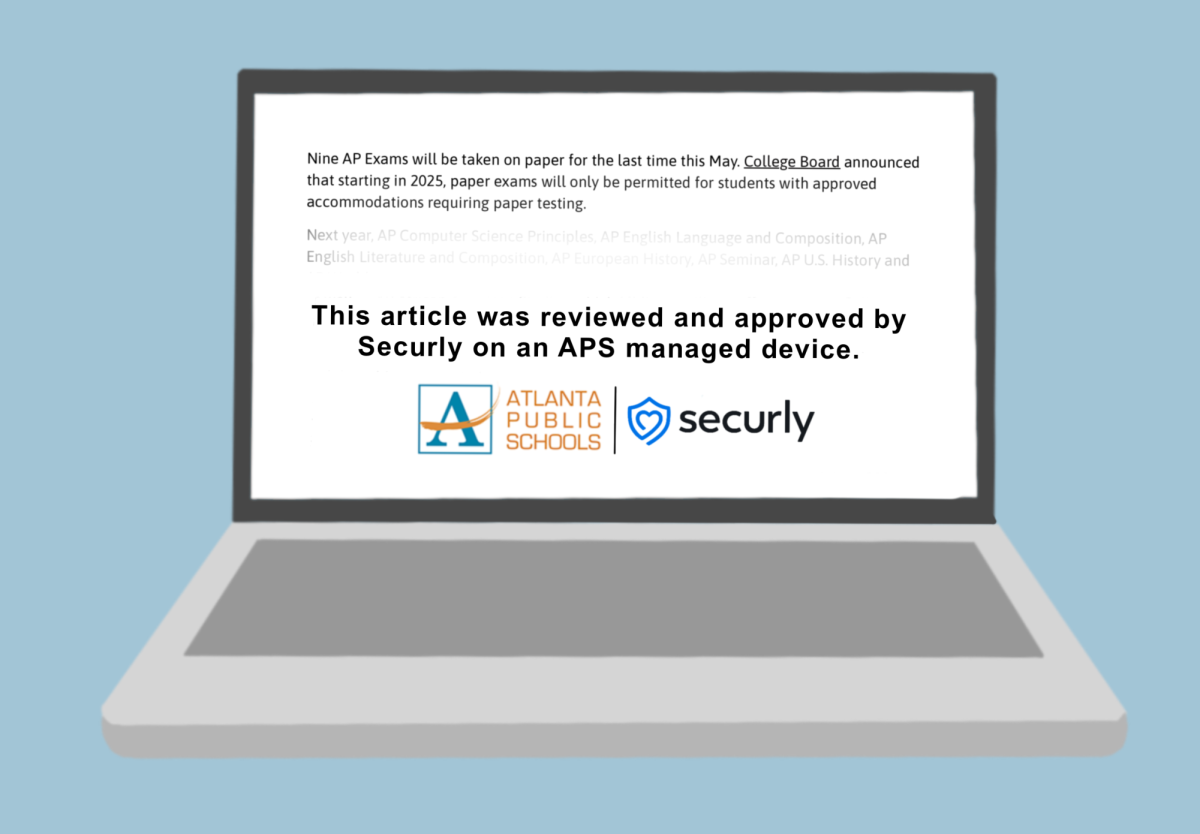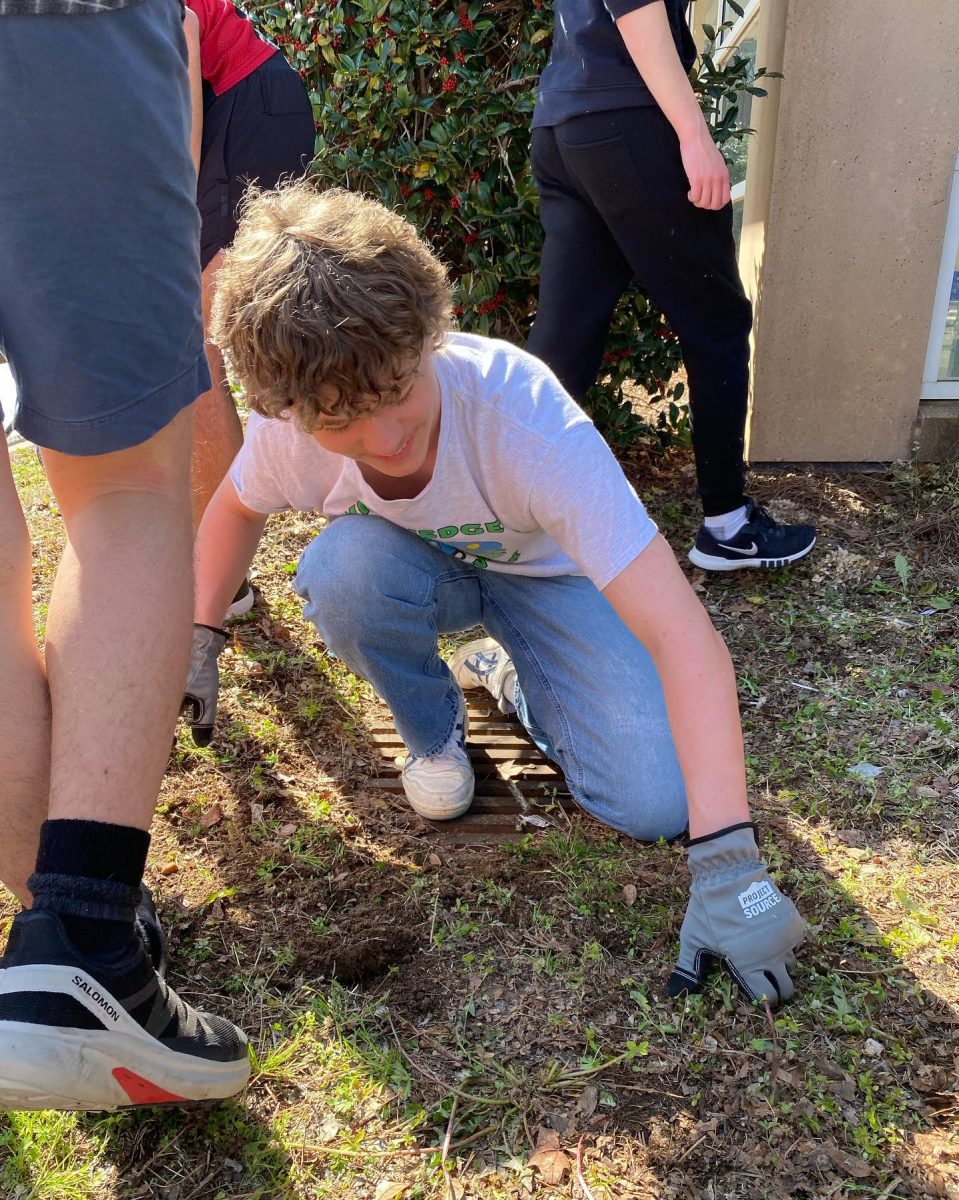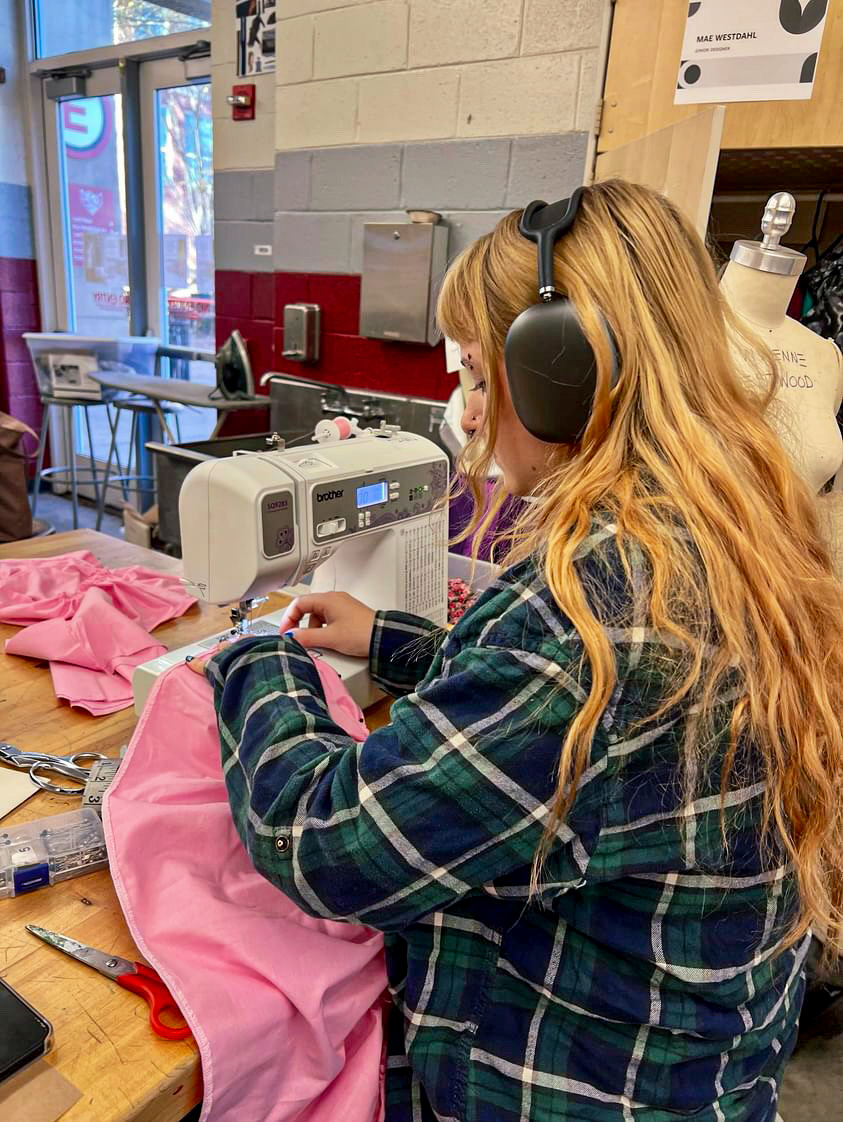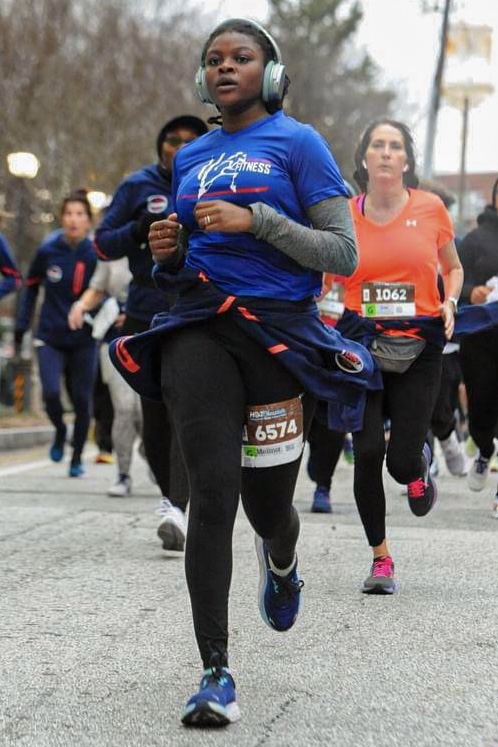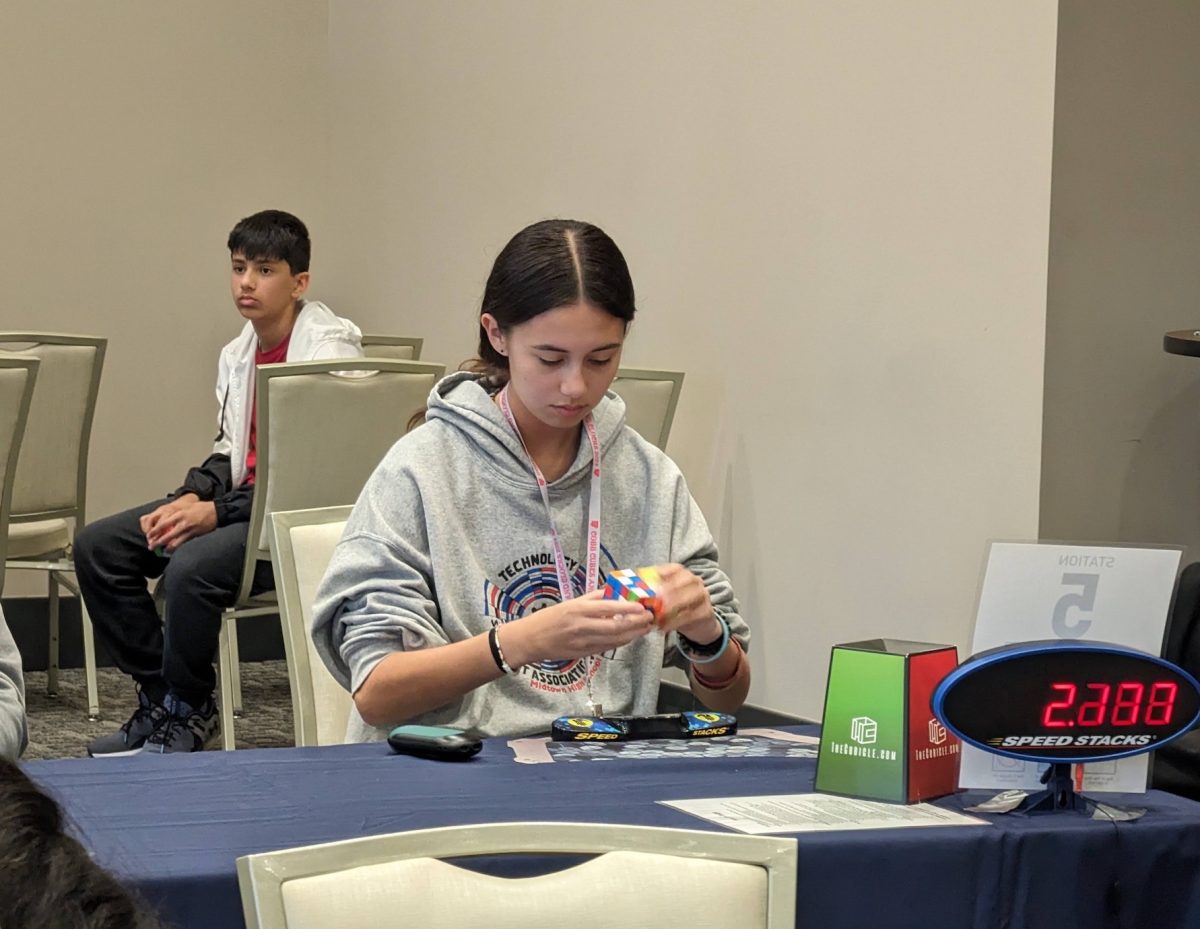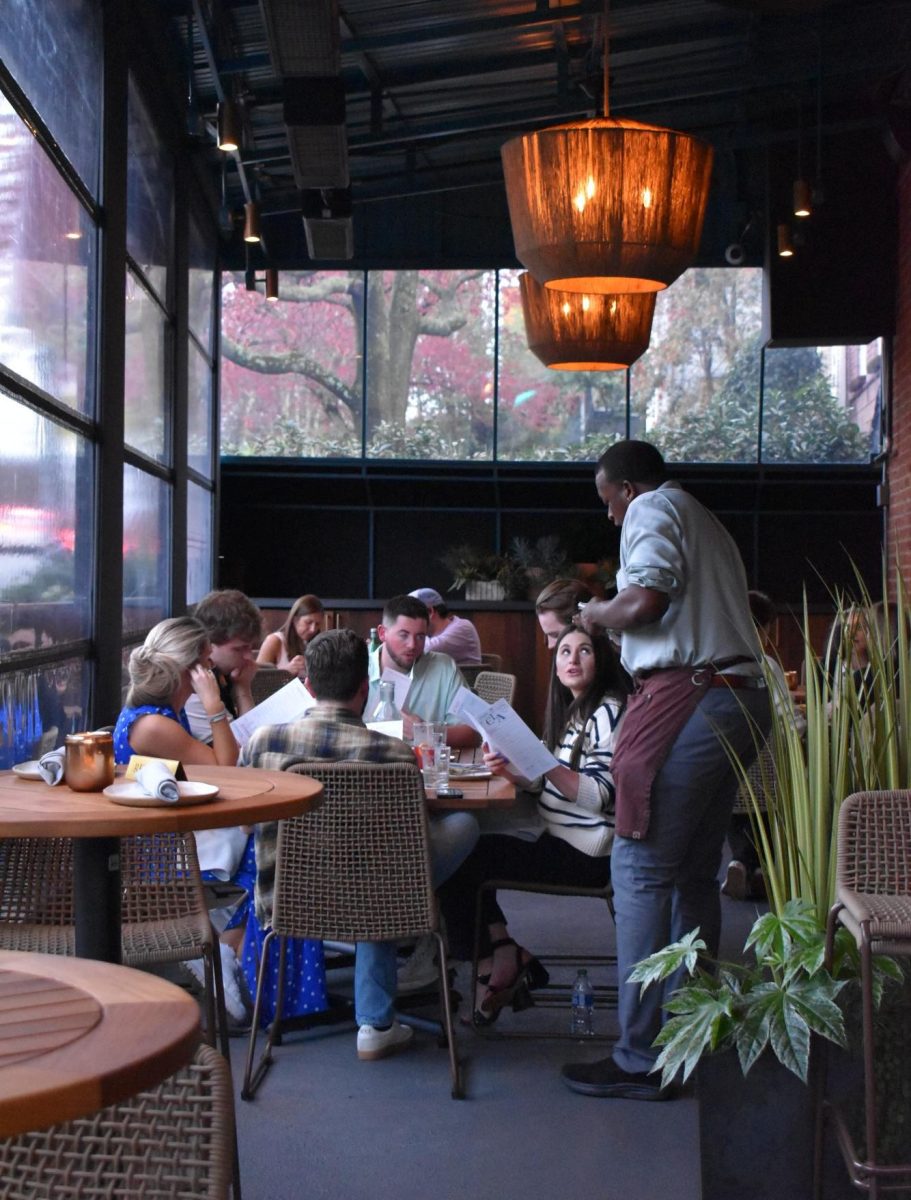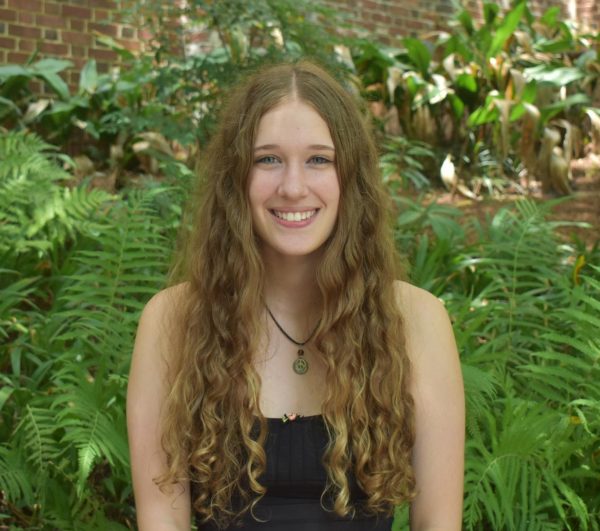Drift the Map is a series of complimentary walks around Atlanta neighborhoods in which artists Joel Silverman and his daughter, sophomore Mira Silverman, discuss the history of the city.
Every walk begins in a specified location where a poem is read to set the tone. From there, the walks evolve into an exploration of the city and its culture. The series began when the father-daughter team went on a walk to see Joel Silverman’s great grandparents’ house, only to find it replaced by the interstate.
“We went looking for the house my great grandparents lived in as early as 1910-1920, and it was under the highway,” Joel Silverman said. “We walked across Auburn Avenue and into the highway, and we realized how much of Atlanta was sliced through when they built I-20 and I-75.”
Joel Silverman found a 1921 map of Atlanta in which neighborhoods were redlined, meaning they were color-coded by areas where banks invested. Joel and Mira Silverman noticed the map’s reflection of Atlanta’s current location of highways and subsequent racial divides.
“The color-coded neighborhoods are divided by where banks would decide to make investments, and that’s why the highway was built where the highway was built,” Joel Silverman said. “The city decided with this map not to invest in neighborhoods that became where the poor parts of the city would be compared to where the wealthy parts of the city would be; it was the map they used for redlining.”
As they studied 100 years of Atlanta’s geography, Mira Silverman and Joel Silverman said they wanted to explore every inch of the map and compare Atlanta’s past geography to the present. For additional guidance on facilitating the walks, Mira and Joel Silverman contacted Darin Givens, known as “the ATL Urbanist,” who is affiliated with Thread ATL, a non-profit organization that promotes walkability in Atlanta. Right away, Givens expressed interest in the series because it aligned with his values.
“We had a long conversation about ideas for the drifts and what kinds of takeaways I would like participants to have, in terms of being in line with ThreadATL’s advocacy,” Givens said. “We seemed perfectly aligned in terms of what we wanted people to get out of this; they’re going to end up viewing the environment of the city through a lens of looking at the present and thinking about the past in an artist-led way so that it’s not just a regular by-the-numbers tour.”
Joel Silverman said the point of the walking series is to let people connect with others and bring their own perspectives of the city to the group.
“We want the poem to set the tone that this is not necessarily a history walk, but a walk about the feelings that are raised by the act of walking through the city,” Joel Silverman said. “If that walk turns out to be an ecology walk because we have people who know about urban streamways, then great. If it becomes about where they built Freedom Parkway and tore down 20,000 houses, then that’s what it’s about. We don’t want to control it so thoroughly that it can’t be about the enthusiasm and expertise of whoever shows up.”
As artists, Mira Silverman and Joel Silverman approach Atlanta culture with a unique curiosity.
“There’s a long tradition of artists walking through cities, and we had the idea that these aren’t art walks, but we want to talk about art, and there’s a certain way artists see the world,” Joel Silverman said. “Artists are observant in a way that a lot of other people don’t choose to be. Mira and I are both artists, and we thought that would be an important lens for people to see the city through with that curiosity.”
During the walks, Joel Silverman leads discussions about Atlanta’s mythogeography, which is the way a city defines itself through urban legends, and how the city’s history affects its layout.
“An example of mythogeography is how Monroe becomes Boulevard when it crosses over Ponce, or how Charles Allen Dr becomes Parkway and Oakdale Road becomes Whiteford in Candler Park,” Joel Silverman said. “ The reason all these streets change in name is because white neighborhoods in the fifties and sixties wanted to preserve segregation even after, by law, the city was integrating. That’s what mythogeography is, it’s the way Atlanta tells these stories about how it’s the city too busy to hate, but really there’s a lot of hate and division.”
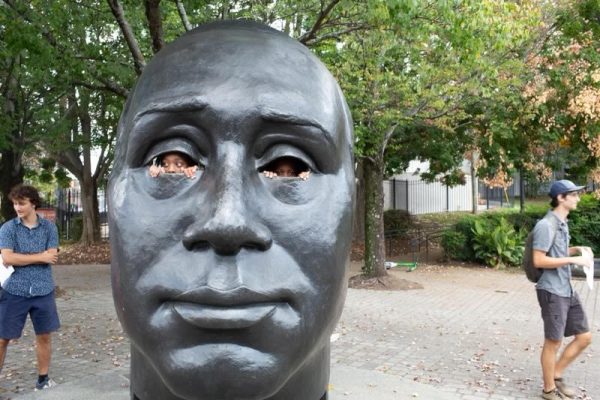
Givens thinks that learning about Atlanta’s history outdoors with a group of participants allows full immersion that individual research does not.
“It’s wonderful to think about the stories and mythology of Atlanta when you’re sitting at a computer and looking at maps and images, but it’s completely different when you’re actually there in the environment looking around on the street,” Givens said. “You’re sort of looking at the city around you in a new way so you’ve got a whole new perspective where you’re not just on a sidewalk getting from one place to another; you’re on a sidewalk taking in what’s around you and thinking about the stories and mythology of Atlanta with others, and it becomes an immersive experience in a way that looking at a computer screen isn’t necessarily.”
Joel Silverman hopes that discussing the historical causes of the city’s systemic division will increase awareness and raise questions about these issues, even if those questions may not have answers.
“Every city has its own stories about itself that creates its own sense of culture, and a lot of those stories are based on facts and a lot of them are based on legends,” Joel Silverman said. “If you look at Grady High School renaming to Midtown High School, Henry Grady was a complex figure; he used to be this hero who created a vision of what a new south could be, reconnecting the south to the north after the Civil War, but he also had really racist opinions about preserving segregation in the South. That’s why Midtown renamed the school, but then why is Grady Hospital still named Grady? Why do we still have a sculpture of him Downtown? There aren’t any answers to those questions, but we want to ask them.”
Mira Silverman thinks the walks will expand Atlantans’ preexisting knowledge of the culture of where they live.
“It’s interesting because a lot of the participants are aware of these legends because they’re a part of Atlanta culture,” Mira Silverman said. “It’s interesting to see how we can use the walk to frame a discussion around what the participants already know to build on that knowledge.”
The father-daughter duo decided to make every walk free, making the experience more accessible.
“We both agreed really quickly that it ought to be free, and we shouldn’t ask for reservations, appointments or tickets,” Joel Silverman said. “Part of the magic is that whoever shows up shows up and that sets the tone of the group. It’s not something that’s too tightly controlled.”
Mira Silverman hopes the drift walks encourage Atlantans to connect with the city’s environment.
“What I think is most important to me is branching outside of your circle,” Mira Silverman said. “In the last year, where I’ve actually gone outside and walked around, I’ve expanded my connection to the city. Being indoors and curating your own circle is perpetually unchanging; when you’re actually outside and there are things that surprise you and catch your eye, you suddenly see the world in a very colorful light.”
Givens looks forward to endorsing Drift the Map and encouraging participants to have the realizations that he and Joel Silverman have had through extensive research.
“I’ve been obsessed with these things for many years and I think it’s great to help other people have the kind of epiphanies that Joel and I have had over the years,” Givens said. “When you do that kind of thing, reading books and whatnot, you have all these epiphanies, like, ‘oh, that’s why Atlanta is shaped the way it is.’ It sort of awakens you to the way that the history of the city and its urban renewal practices have affected the current situation of the city. I think it’s very gratifying and also important to help other people have those epiphanies, even if they’re not going to go down the rabbit hole like me and Joel.”
By facilitating these free walks, Joel Silverman said he hopes to bring residents of different communities together to learn more about the city they share.
“It’s an opportunity for people of different communities to come together and cross the red lines,” Joel Silverman said. “By creating walks that anyone can come to, people will be surprised by who they meet and what communities can be formed in a city where we only know a small circle of people that we see everyday. We’re hoping that if people become more familiar with every corner of the city, they’re going to care more about the future of the city.”





